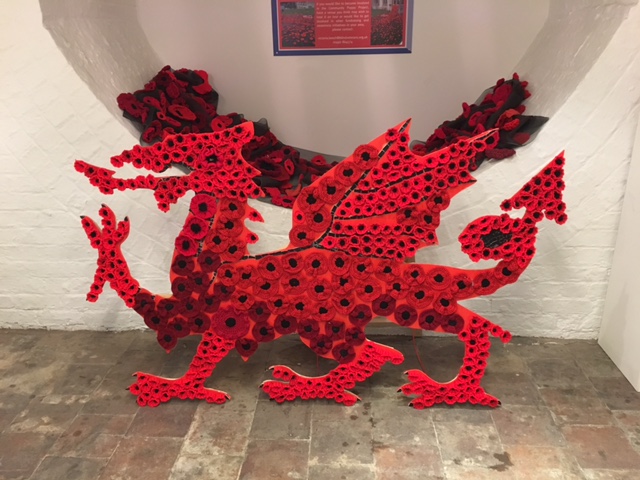Volunteer researchers in Liverpool recently visited an exhibition at St George’s Hall called ‘Art: Life Beyond Sight Loss’. The exhibition explored the impact of arts and crafts on the lives of members of Blind Veterans UK and illustrated how art has enabled veterans to build confidence, self-belief and independence.
Blind Veterans UK, originally the Blinded Soldiers’ and Sailors’ Care Committee, was founded in 1915 by Sir Arthur Pearson who lost his own sight through glaucoma. It was created to provide rehabilitation, training and support to those blinded in the First World War. By 1918, 600 members had been retrained and 700 were in training. To date they’ve had 15’000 members.
All members were taught to read and write Braille and were trained in an occupation or trade such as physiotherapy, telephone operating, poultry farming, carpentry, mat making, shoe repair and basket making. A training centre was established in 1938 following consultation with members and ensured accessibility by including guide rails, rubber edged doors and swing gates on stairs. In the early 1950’s the delayed effects of mustard gas meant many more veterans were becoming blind or partially sighted.
The exhibition showcased artwork from current members in a number of mediums including painting, photography, sculpture and mosaic. The exhibition included case studies of members past and present such as Harry Cook, known as ‘Blind Harry’, who lost his sight at Gallipoli and became a physiotherapist at Everton Football Club. The exhibition gave an indication of the type of sight loss the artists experienced through the use of visually impaired images next to the original image. This method enabled the artists to show the variety of visual impairments.
Today members take part in art therapy as a form of rehabilitation rather than to learn a new occupation or trade. There are some interesting parallels with crafts that were taking place at the Royal School for the Blind, Liverpool in the early 20th century and we look forward to researching this further.











